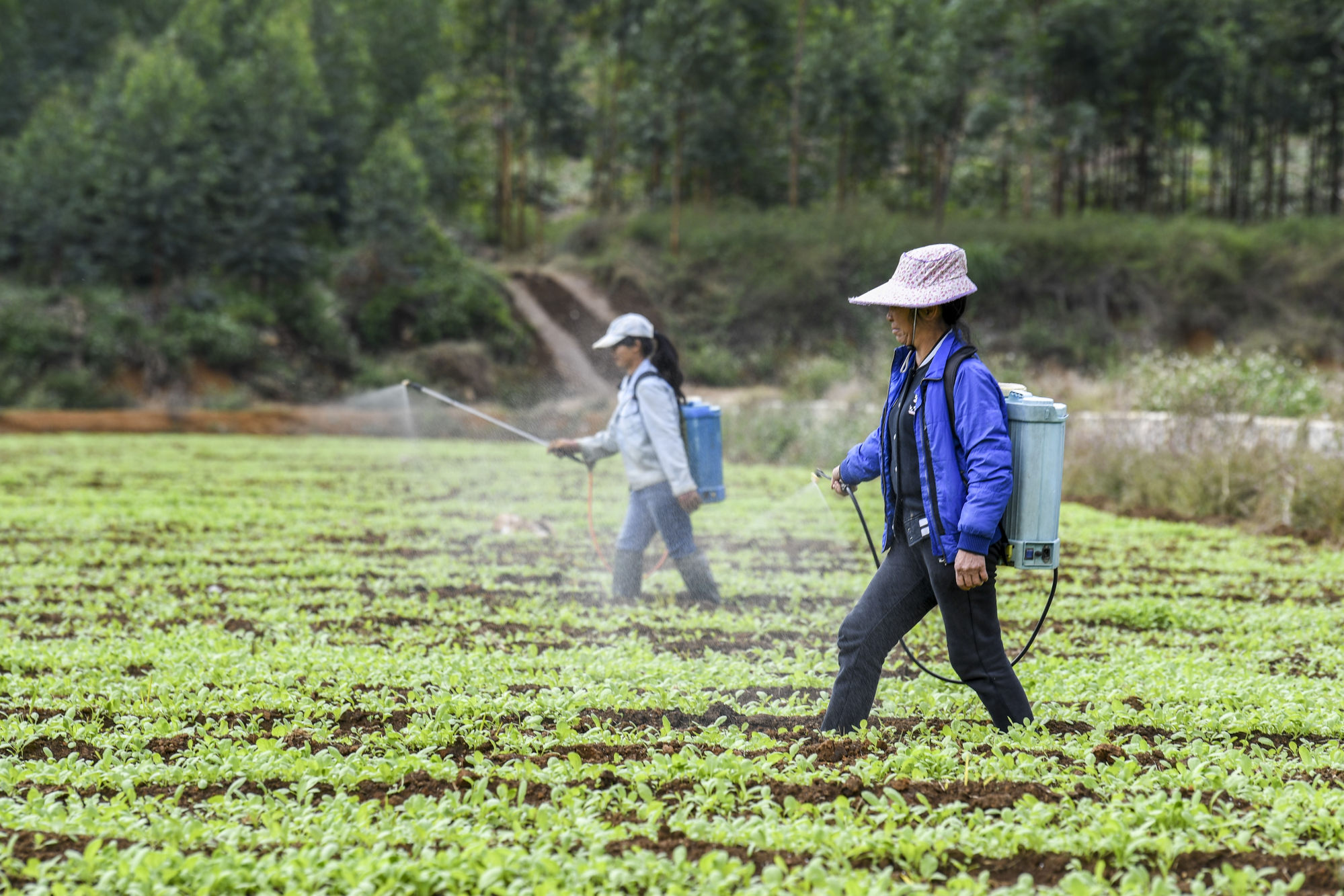
Why China should worry about food price inflation despite November’s modest rise
- Plummeting pork prices have helped offset increases in other foods. But with the rising cost of food a global issue, plus high energy prices that will hit food production, Beijing officials must remain vigilant
Food prices globally are soaring, as evidenced in data released by the UN’s Food and Agriculture Organization (FAO). Its Food Price Index averaged 134.4 points in November, a rise of 28.8 points (or 27.3 per cent) from a year earlier.
The latest increase marked the fourth consecutive monthly rise in the value of the index, the FAO said, putting it at its highest level since June 2011.
Given that in 2011, increasingly unaffordable food prices played a part in driving popular unrest in the Arab spring according to some analysis, it is to be expected that policymakers across emerging markets, including in China, will not be complacent when global food prices are now rising at such a quick pace.
Admittedly, November’s year-on-year 1.6 per cent increase in China might not seem too alarming but there are biases within the data that need to be considered.
In short, it is questionable how far the price of pork can continue to fall and offset the rapidly rising prices of other foods in China – the price of fresh vegetables is up 30.6 per cent in November year on year.
The blog also referenced soaring shipping costs as contributing to rising food prices, along with, for example, the impact on harvests in some parts of the world as a result of the La Niña weather phenomenon.
US-China monetary policy split could drive dollar gains against yuan
But there’s another issue that also has to be considered: the knock-on effect of higher energy prices on processes that are key to maximising global food production.

Fertiliser production is energy-intensive and energy price rises this year have resulted in dramatic increases in the cost of key fertiliser constituents such as urea and diammonium phosphate (DAP).
That price pressure is only likely to intensify now that Beijing has put curbs on fertiliser exports, citing domestic food security.
Falling pork prices are currently helping keep food inflation in China under control even as food prices soar globally but the situation may not last. The real risk is that food price inflation in China starts increasing.
Neal Kimberley is a commentator on macroeconomics and financial markets


